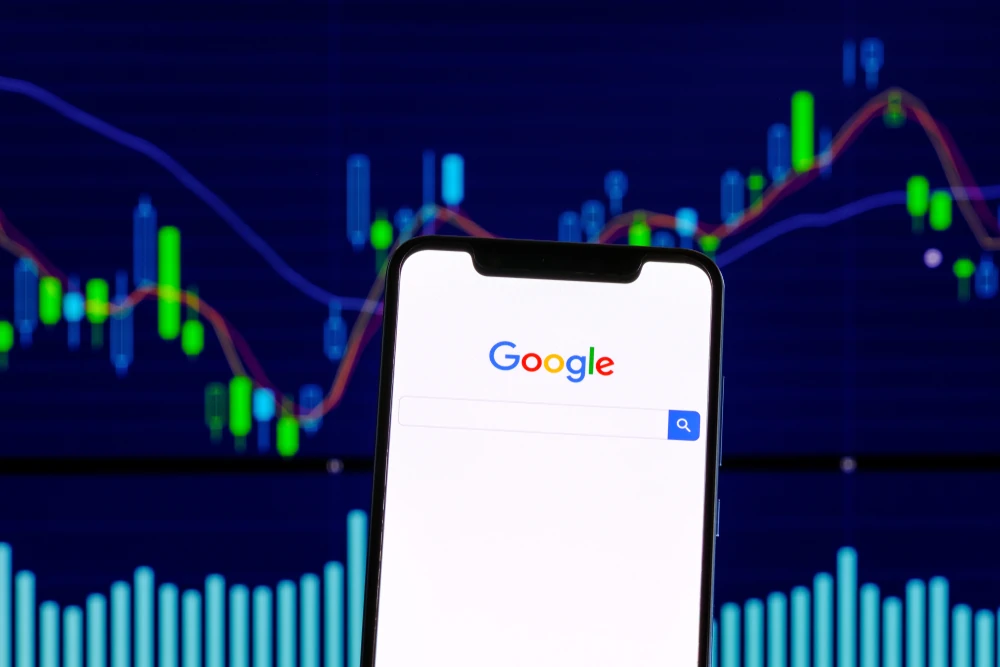Google is adding prediction market data to its AI-powered Google Finance tool, the company announced today. As part of a broader AI refresh, the company said it will integrate data from both Kalshi and Polymarket, the two biggest prediction market platforms in the world, so users can ask questions like “What will GDP growth be for 2025?” and see live market-driven forecasting with history, directly in Google Finance.
The rollout starts in the U.S. over the coming weeks for Labs users, alongside Google’s new Gemini-powered “Deep Search,” which is designed to handle complex financial queries by synthesizing information across hundreds of simultaneous searches.
“Today, we’re announcing another set of powerful upgrades for the new Google Finance, including Deep Search and prediction markets data from @Kalshi and @Polymarket,” Rose Yao, Google’s VP of Product, posted on X.
Prediction markets path from fringe to mainstream finance
For prediction market platforms Kalshi and Polymarket, the placement inside Google Finance is just another example of mainstream adoption and distribution.
Market odds on a wide variety of macro economic and public policy questions may now sit next to traditional market data and news in a tool used by millions globally. What were once seen as fringe are closer to becoming actionable mainstream economic indicators.
The integration effectively positions crowd-sourced probability forecasts as complements to more traditional analyst estimates and expert predictions that have long dominated financial decision-making content.
The rival prediction market platforms each posted the news from their own social accounts, conveniently avoiding the mention of the other.
Racing together toward legitimacy
The Google integration follows closely on the heels of aggressive, high-profile partnership maneuvers by both companies. Most notably, the National Hockey League (NHL) recently announced multi-year licensing agreements with both Kalshi and Polymarket, making them the league’s first official prediction market partners.
The joint deals underscore an interesting dynamic in the current prediction market space: while the companies are direct competitors, they are often moving in tandem to secure mainstream legitimacy against industry skepticism and state-level regulatory battles over the classification of their event contracts as federally-regulated financial products rather than illegal gambling.
It also shows that partners, much like Donald Trump Jr. who is an advisor for both companies, do not want to bet on a single horse in the prediction market race but rather are spreading their chips on the industry leaders.

























